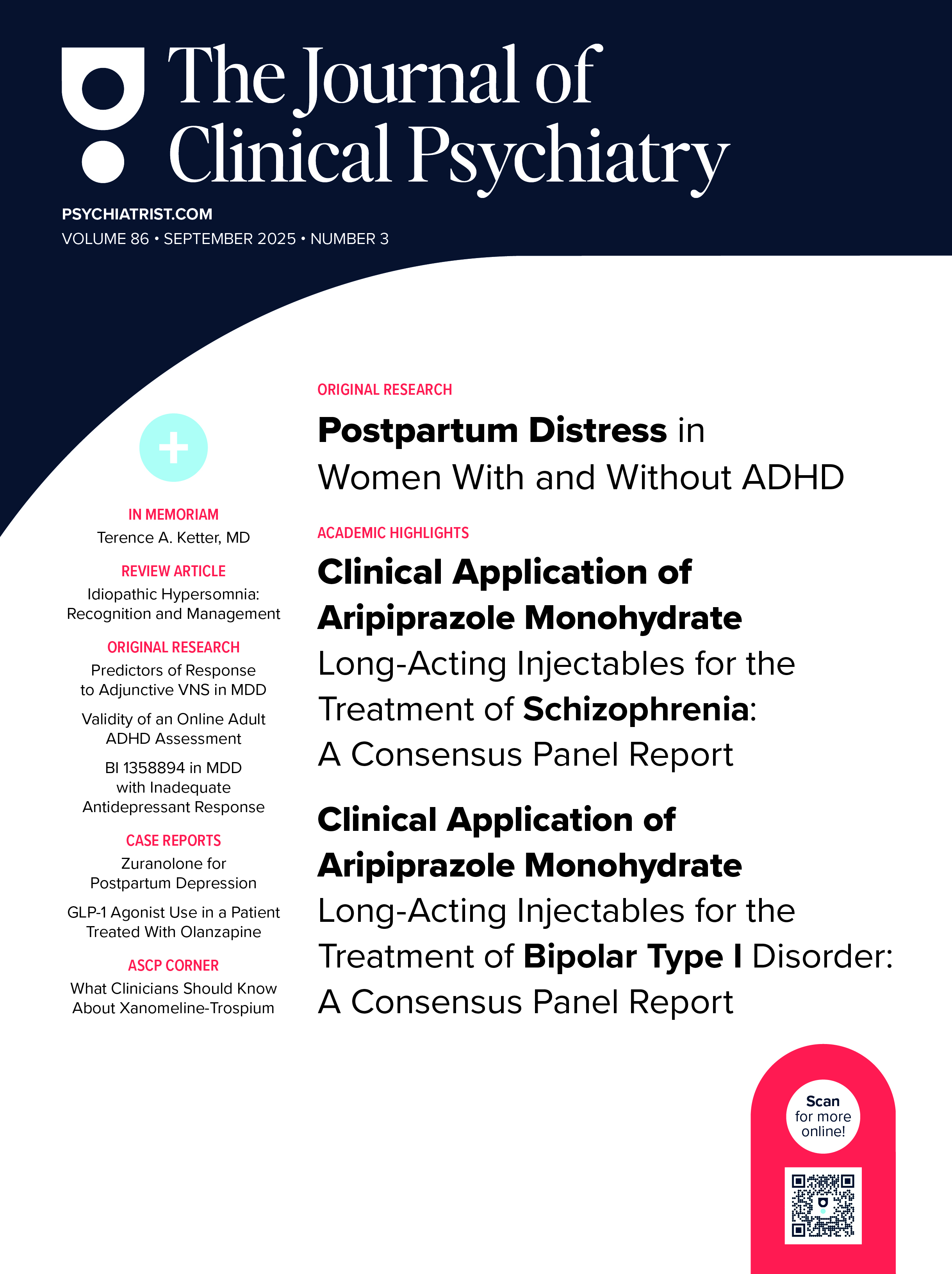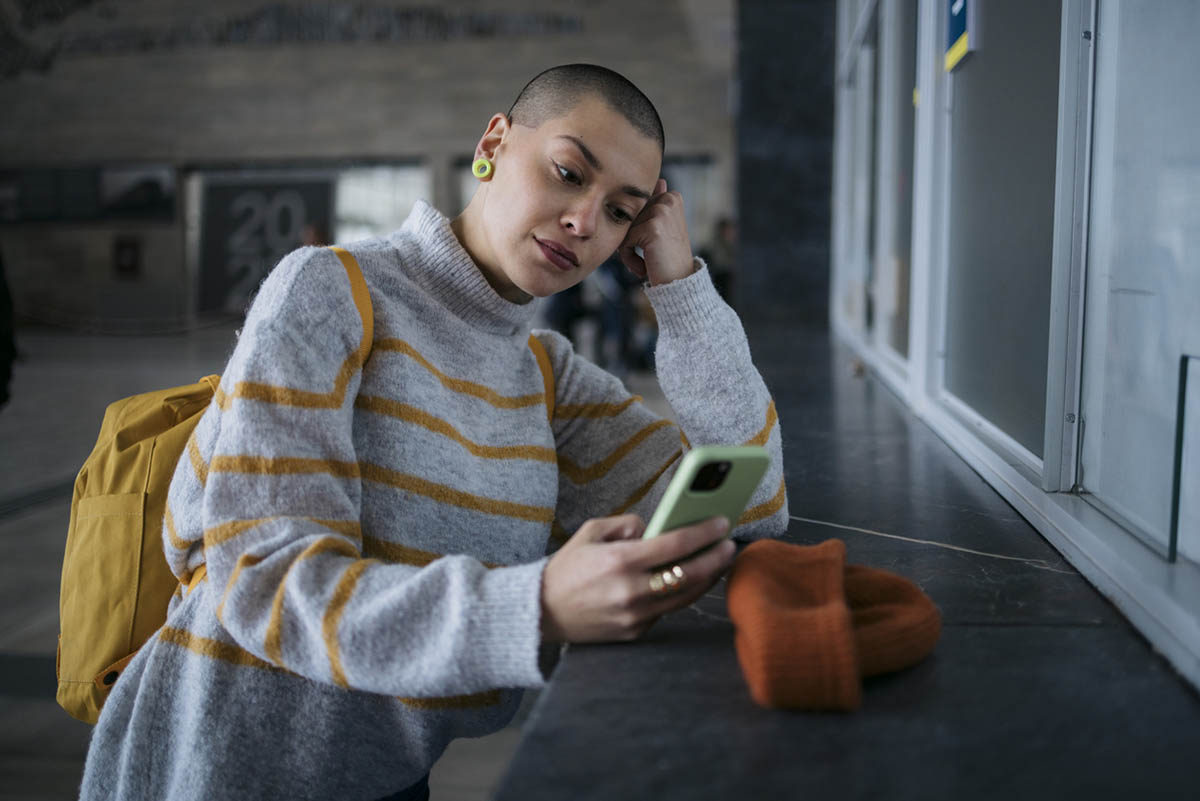Background: This randomized, double-blind, placebo-controlled study investigated the efficacy and tolerability of paroxetine in the treatment of pathological gambling.
Method: Patients fulfilling DSM-IV criteria for pathological gambling and scoring 5 on the South Oaks Gambling Screen were enrolled if no other Axis I disorder was present. A 1-week placebo run-in phase was followed by 8 weeks’ treatment with paroxetine or placebo. The initial paroxetine dose of 20 mg/day could be increased after week 2 by 10 mg/week to a maximum of 60 mg/day. Changes in clinical status were assessed using the Gambling Symptom Assessment Scale (G-SAS) and the Clinical Global Impressions scale (CGI). Treatment-emergent symptoms were assessed weekly.
Results: Forty-five patients were included in an intent-to-treat analysis (N=23 paroxetine, N=22 placebo). Statistically significantly greater reductions in the total score of the G-SAS were observed in the paroxetine group compared with the placebo group at weeks 6 through 8 (p=.003, .003, and .042, respectively). Improvement on the CGI was also significantly greater in the paroxetine than in the placebo group at the same timepoints (p=.033, .014, and .025, respectively). A significantly greater proportion of patients in the paroxetine group were responders at weeks 7 and 8 (p=.011 and .010, respectively).
Conclusion: The results of this trial indicate that paroxetine may be effective in the treatment of pathological gambling. There were no unexpected side effects from this treatment. However, additional studies with larger patient samples and a longer treatment phase are required to establish conclusively the efficacy and safety of paroxetine for this indication.
Please sign in or purchase this PDF for $40.00.





